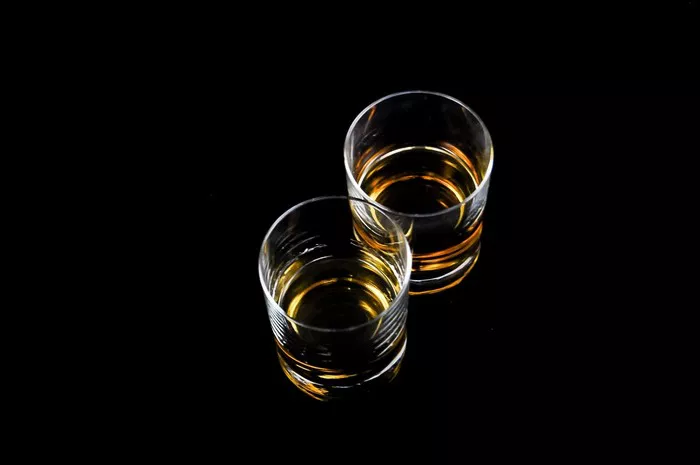Vermouth, a fortified wine infused with botanicals and herbs, has long held a mystique in the realm of spirits. Often debated, its classification as a distilled spirit remains a subject of curiosity among enthusiasts and connoisseurs alike. To unravel the intricacies of this enigmatic libation, it’s imperative to delve into its origins, production process, and classification within the spectrum of alcoholic beverages.
Origins and Evolution
Vermouth’s genesis dates back to ancient times when medicinal elixirs infused with botanicals were concocted for their purported health benefits. However, the modern vermouth we savor today originated in the late 18th century in Turin, Italy, credited to Antonio Benedetto Carpano, who crafted the first commercial vermouth. Originally marketed for its medicinal qualities, vermouth swiftly gained popularity for its complex flavors and became an integral component of cocktails.
While vermouth was traditionally produced using white wine, the addition of spirits, primarily brandy, was introduced to stabilize the wine and augment its alcohol content. This fortification process laid the foundation for the confusion surrounding its classification as a distilled spirit.
Production Process
Vermouth production involves a meticulous blending of wine with various botanicals, herbs, and spices. The base wine used can vary, encompassing white, red, or rosé wines, contributing distinct nuances to the final product. However, the pivotal step that blurs the lines of classification is the addition of a neutral spirit or brandy.
This fortification, typically with grape spirits, elevates the alcohol content of vermouth, acting as a preservative to prolong its shelf life. The fortified spirit also serves as a canvas to extract and amalgamate the myriad flavors from the botanicals, resulting in the characteristic aromatic profile of vermouth.
However, despite the addition of spirits during the production process, vermouth fundamentally remains rooted in wine, accentuated by the infusion of botanicals, challenging the assertion of its classification solely as a distilled spirit.
Regulatory Framework
The diverse nature of vermouth has led to a lack of consensus regarding its classification within the regulatory frameworks governing alcoholic beverages. Various countries have distinct standards and definitions for spirits, wines, and fortified wines, further complicating the categorization of vermouth.
In some regions, vermouth falls under the category of aromatized wines or fortified wines due to its fortified nature. Conversely, others classify it as a distilled spirit owing to the addition of spirits during production. This disparity in classification hampers uniformity in regulations and taxation, adding to the ambiguity surrounding its categorization.
See Also: vs, vsop, xo meaning
Complexities of Classification
The crux of the debate surrounding whether vermouth qualifies as a distilled spirit lies in its nuanced production method and composition. While the addition of spirits during fortification aligns with the process of crafting distilled spirits, vermouth predominantly retains its identity as a fortified wine due to its wine-based foundation.
Furthermore, the Alcohol and Tobacco Tax and Trade Bureau (TTB) in the United States acknowledges the distinctive nature of vermouth by classifying it under the category of “vermouth and aperitif wine.” This classification recognizes the uniqueness of vermouth, underscoring its differentiation from conventional spirits while acknowledging its fortified wine characteristics.
The complexities extend beyond the production process, encapsulating the diverse styles and variations of vermouth available worldwide. From sweet to dry, bianco to rosso, each variant possesses distinct attributes shaped by the choice of botanicals, base wine, and fortifying spirits. This diversity further complicates the overarching classification of vermouth.
Artistry and Innovation
Despite the ongoing debate regarding its categorization, vermouth continues to captivate the imagination of distillers and enthusiasts worldwide. The evolution of craft distillation techniques has spurred innovation within the realm of vermouth production. Artisanal producers experiment with unconventional botanicals, aging methods, and blending techniques to craft unique expressions that push the boundaries of traditional vermouth.
Moreover, the resurgence of classic cocktails, where vermouth plays a pivotal role, has fueled a renewed interest in this versatile libation. Mixologists and bartenders recognize the indispensable contribution of vermouth in concocting timeless cocktails like the Martini, Negroni, and Manhattan, further solidifying its significance in the world of mixology.
Conclusion
In conclusion, the question of whether vermouth is a distilled spirit remains multifaceted, entrenched in its unique production process, diverse classifications across regulatory bodies, and the inherent complexities of its composition. While the addition of spirits during fortification aligns with characteristics of distilled spirits, vermouth fundamentally retains its identity as a fortified wine infused with botanicals and herbs.
The artistry, innovation, and rich history surrounding vermouth transcend its classification, elevating it to a revered position in the world of alcoholic beverages. As enthusiasts continue to explore its nuances and mixologists craft new concoctions, vermouth’s allure persists, embodying a fusion of tradition, artistry, and complexity that defies simple categorization.


